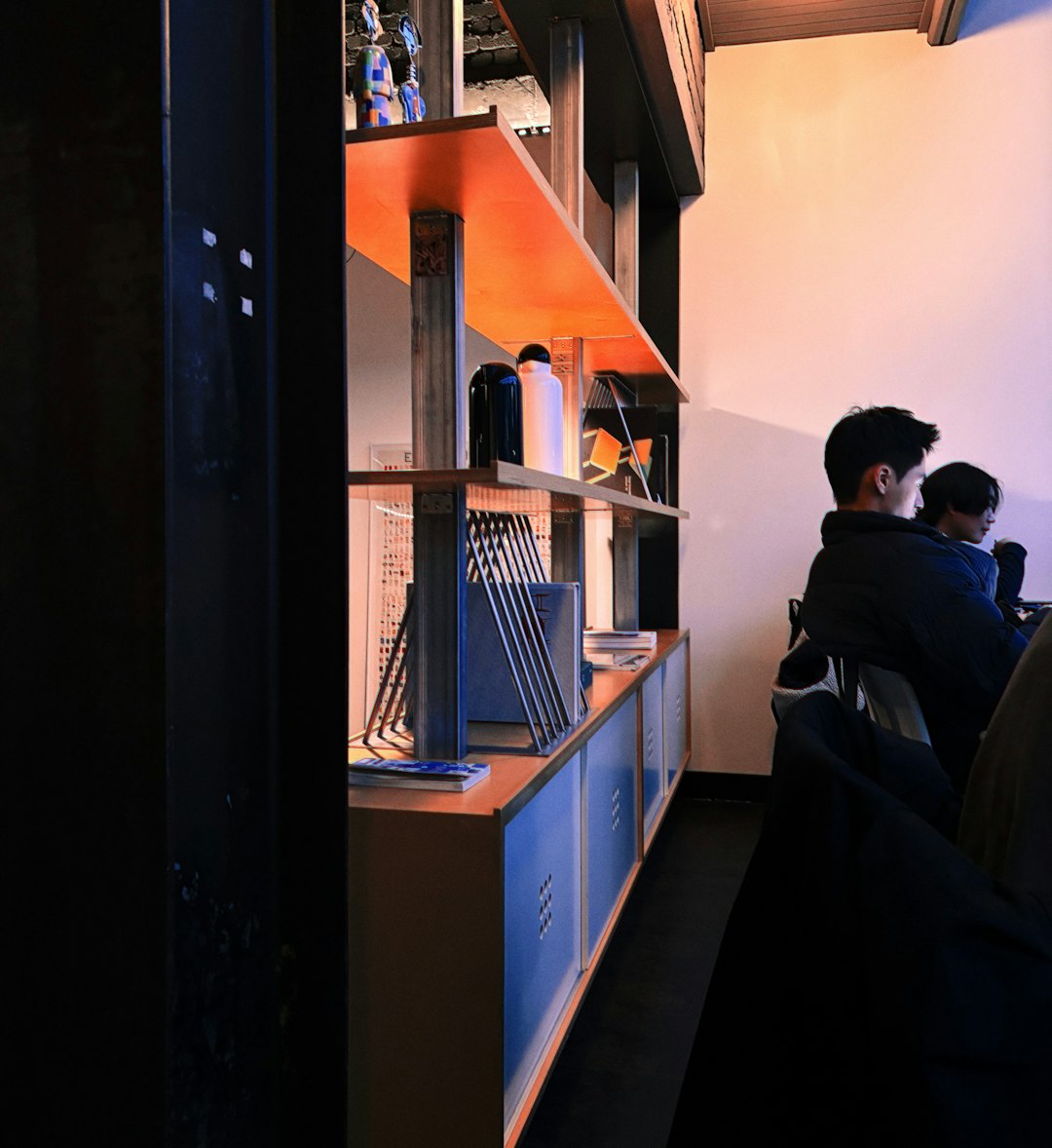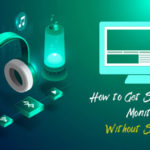Being a DJ isn’t just about spinning beats. It’s also about creating the perfect sound experience. One of the biggest parts of that is speaker placement. Whether you’re rocking a cozy bar or a massive warehouse, how you position your speakers can make or break your set.
This guide will help you place your DJ speakers like a pro, no matter the size of the venue. It’s fun, simple, and will make your music sound amazing!
Table of Contents
Why Speaker Placement Matters
Imagine you’re at a party and the music feels too loud in one corner and too soft in the other. That’s bad speaker placement! The goal is to make the sound feel balanced and clear for everyone in the room.
Here’s what good placement can do:
- Better sound coverage
- Less echo and feedback
- Happier crowd and better vibes
Alright, let’s break it down by venue size. Each venue type has its own challenges, but with a few tips, you can master them all.
Small Venues (Bars, Lounges, Small Rooms)
Small spaces may seem easier, but sound can quickly become overwhelming. You don’t need massive volume—just clarity.
Tips for small venues:
- Use smaller speakers – They’re easier on the ears in tight spaces.
- Elevate the speakers – Place them on stands, about ear level for the crowd.
- Angle the speakers slightly downward – This keeps the sound focused on the dance floor, not bouncing off the walls.
- Position on either side of the DJ booth – Aim them slightly inward to cover the space evenly.
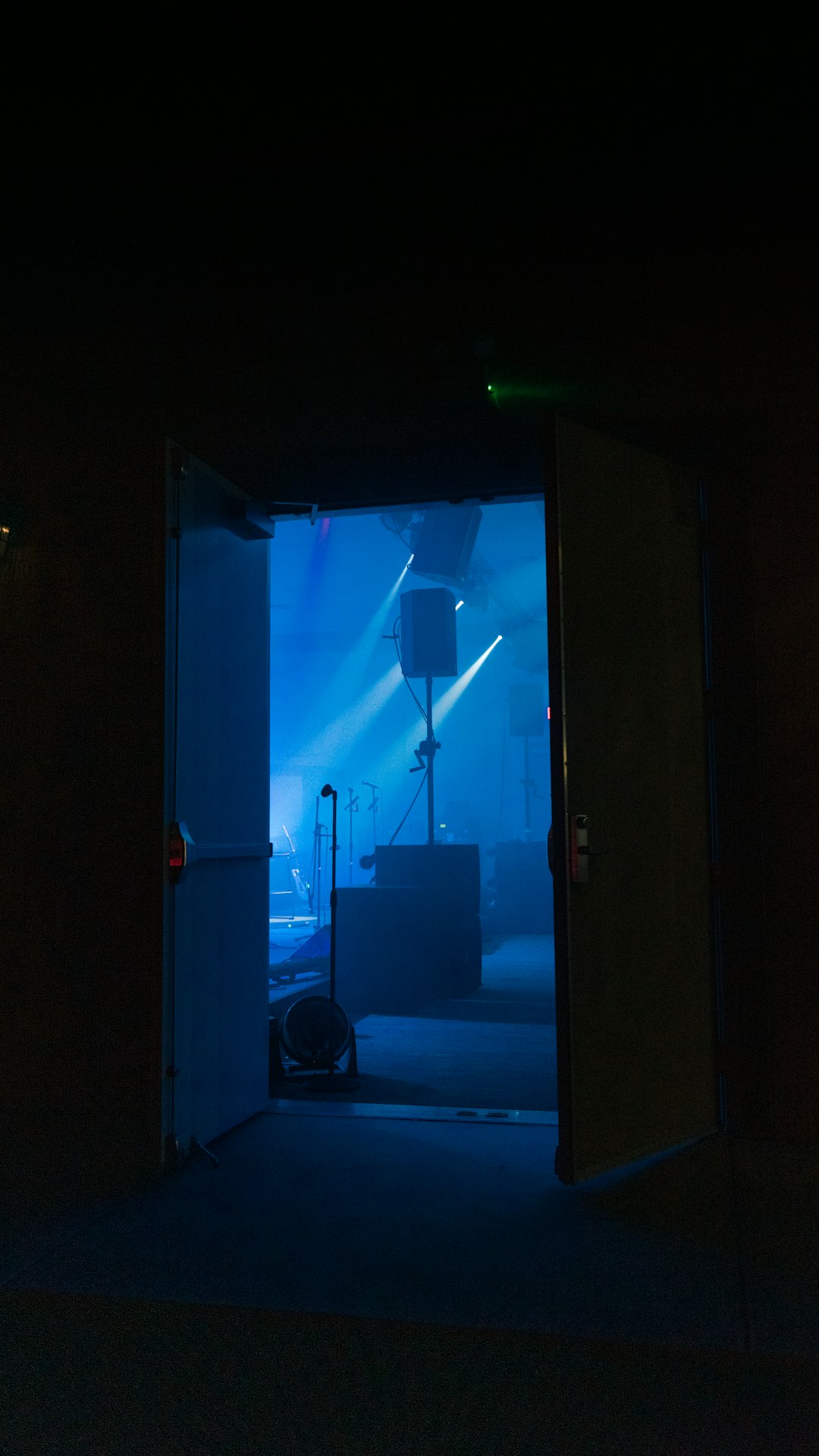
Pro tip: Don’t aim the back of the speaker directly at a wall—it can create unwanted bass rumble.
Medium Venues (Event Halls, Clubs)
Medium venues give you more room—but that also means more space to fill with sound. You’ll want to keep clarity while increasing coverage.
What works best here:
- Use two main speakers and one or two subwoofers – This helps with clear highs and thumping lows.
- Place speakers at the front corners of the dance floor
- Keep them elevated – Use tall stands or mounts.
- Subwoofers on the floor – Anchor those bass frequencies!
- Use delay speakers if needed – For larger rooms, add another set halfway back, timed to sync with the front.
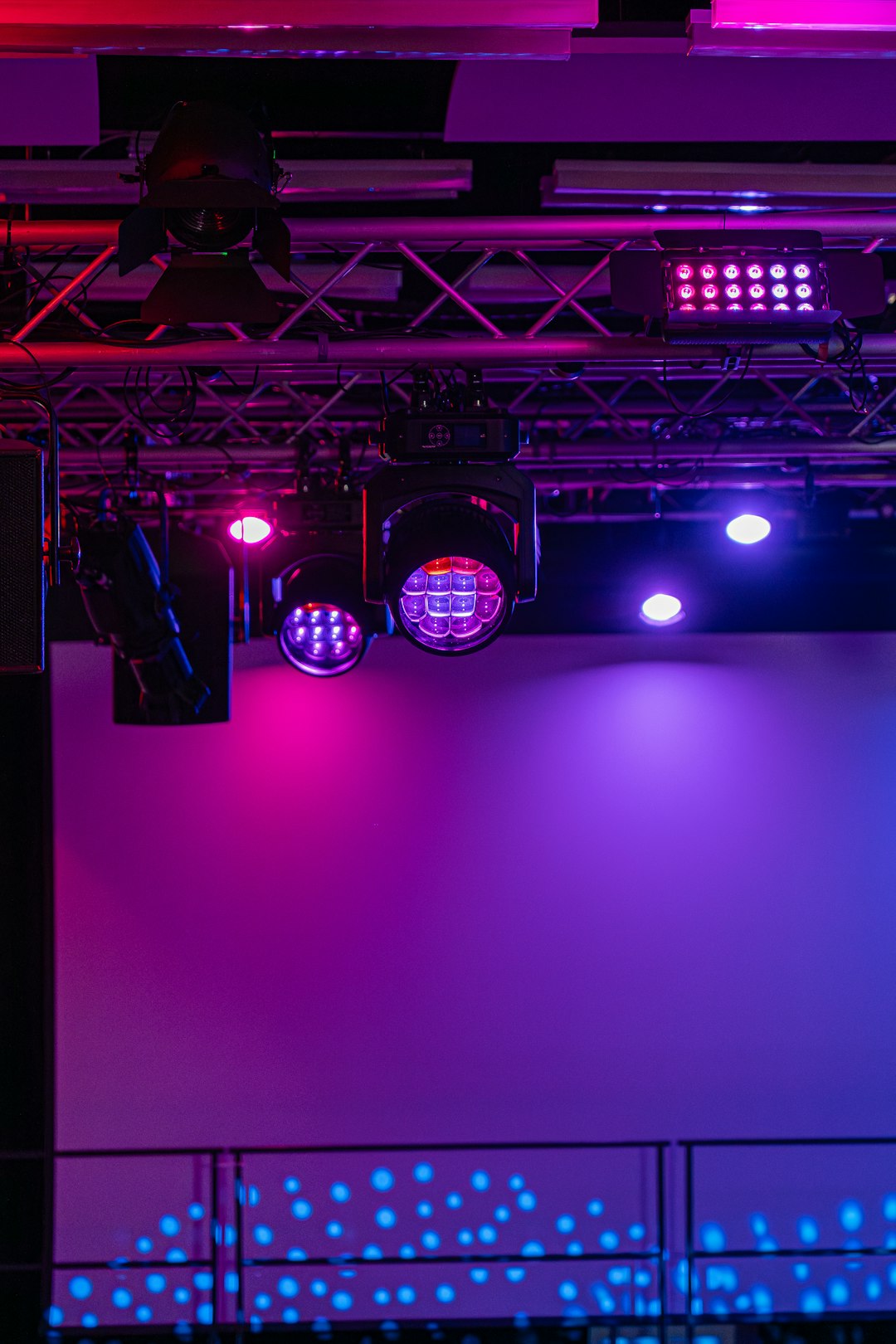
Make sure all speakers are in phase. That means they’re hitting at the same time and not canceling each other out.
Large Venues (Warehouses, Outdoor Stages)
This is where things get exciting—and complicated. Large spaces need strategic planning. Without it, your sound could disappear into the air or slap back with echoes.
Here’s how to level up:
- Use a full PA system – Tops, subs, and even mid-range bins.
- Main speakers should cover the front crowd
- Delay stacks halfway back – These keep sound strong for the people in the middle and the back.
- Angle tops and mids in a wide “fan” pattern – Make sure you’re covering all sections of the audience.
- Use measurement tools – Room EQ apps or SPL meters can help tune your system perfectly.
- Keep the subwoofers grouped together – This maximizes bass impact.
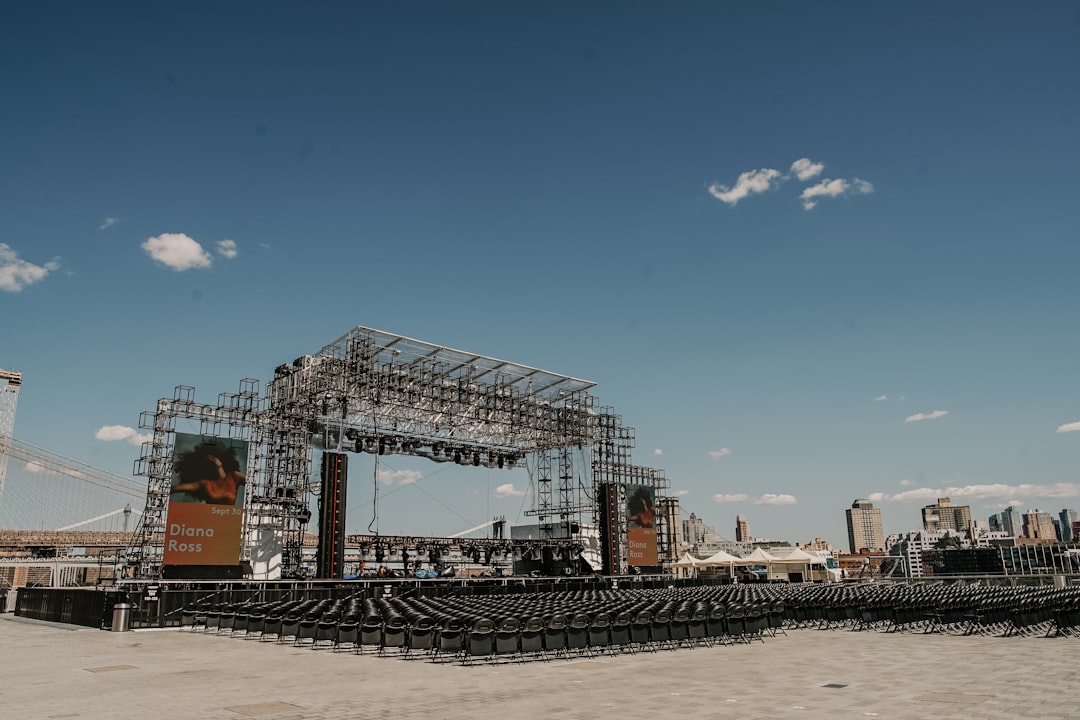
If you’re outdoors, think about wind and direction. Sound travels differently outside. Keep the speakers aimed low and toward the crowd to avoid losing power upward or sideways.
Common Mistakes to Avoid
No one starts out perfect, but here are a few things you’ll want to definitely avoid:
- Too much volume in a small room – Loud isn’t always better.
- Unbalanced setup – One speaker doing all the work? Not cool.
- No elevation – Speakers sitting on the floor lose a lot of clarity.
- Poor cable management – Keep it neat to avoid tripping over your own setup.
Bonus Tips for Every Setup
- Walk the room before the show – Hear what your audience will hear.
- Use speaker covers if it’s dusty or raining
- Always bring extra cables and adapters
- Label your gear – Makes teardown quick and music less stressful
And here’s a golden rule to remember:
“Good sound isn’t about being loud. It’s about being clear.”
FAQs
Q: What’s the best height for my speakers?
A: Around ear level for standing adults. Use speaker stands whenever you can.
Q: Do I need subwoofers in small venues?
A: Not always. If your tops have good bass response, you can skip them. But even one sub can give a fuller sound.
Q: How far apart should my speakers be?
A: In small venues, about 6–10 feet apart. In medium rooms, 10–20 feet apart. In big venues, go as wide as needed to cover the space evenly.
Conclusion
Setting up your DJ speakers right isn’t rocket science—just smart habits. Pay attention to the venue size, the crowd, and your gear. The better the sound, the better the night.
Whether you’re spinning at a breezy rooftop or a booming warehouse, your speaker game can bring your music to life. So set it up, pump it up, and let the beat drop just right!

